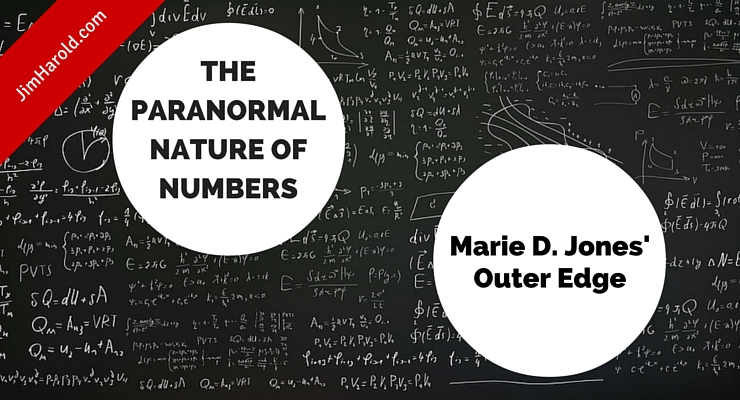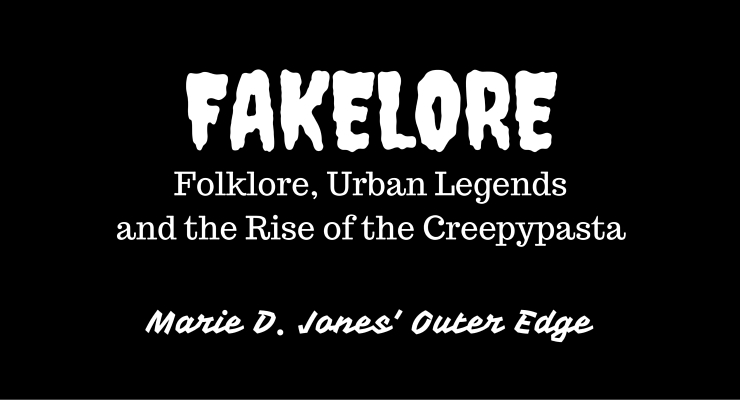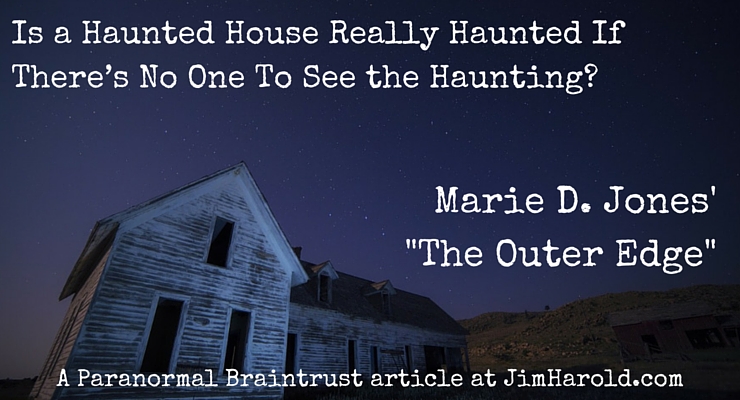The Paranormal Nature of Numbers – Marie D. Jones’ OUTER EDGE
We usually think of the paranormal as the invisible world of ghosts, entities and otherworldly abilities like remote viewing, ESP and precognition. Paranormal is “beyond normal;” things we cannot yet explain within the confines of modern science. But nature, and reality, holds mysteries equally paranormal, and yet utterly scientific in their origin and explanation. One…
Read More



